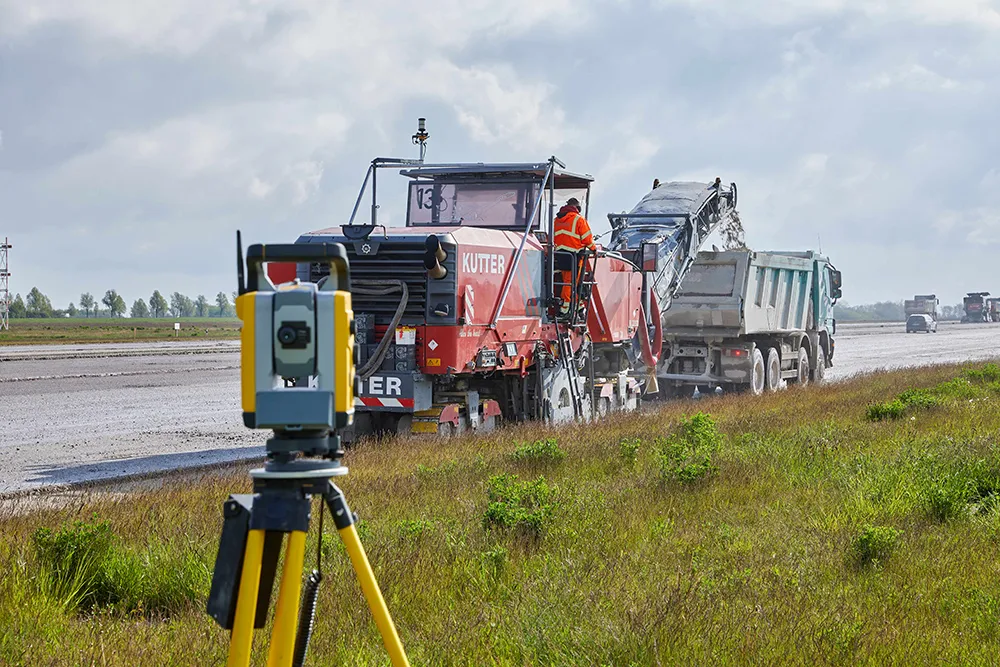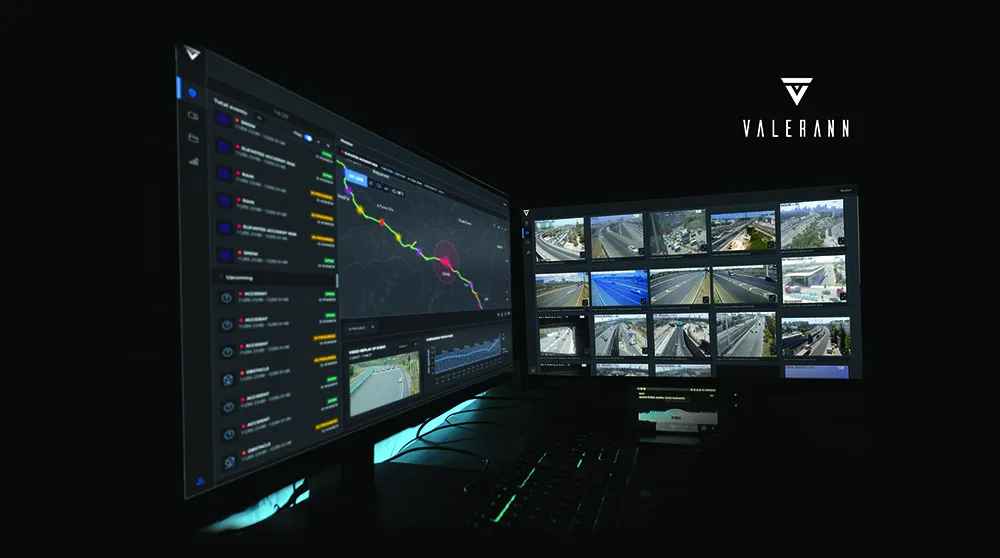Aebi Schmidt UK and Masternaut Three X, one of the leading providers of vehicle tracking systems, have formed a partnership to improve safety on winter roads, save money and increase the efficiency of spreading fleets. The web-based Masternaut Three X satellite tracking system interfaces with the technology of Schmidt spreaders at levels to suit every highways authority, from tracking and reporting, through to the most detailed data on vehicle performance and fleet management. At the heart of the system is
March 2, 2012
Read time: 2 mins

The web-based Masternaut Three X satellite tracking system interfaces with the technology of Schmidt spreaders at levels to suit every highways authority, from tracking and reporting, through to the most detailed data on vehicle performance and
fleet management. At the heart of the system is the legal requirement to provide accurate and timely reports of all winter vehicle operations.
The Masternaut Three X system is based on extremely accurate tracking of vehicles, using the most up-to-date digital maps. The modular system allows highways authorities to adopt only the elements required for its operation, with fast and easy retro-fitting of additional benefits as they are found necessary.
It is ideally suited to Aebi Schmidt's winter maintenance service products, including highly accurate spreading systems capable of delivering salt and other treatments directly onto the road surface without wastage, as well as snowploughs, brushes and snow blowers.
Real-time information includes the location of all individual vehicles in the fleet, plus exactly what they are doing at any given time such as whether the vehicle is loading or unloading; spreading, including the width of road surface being treated and the spread rate; flow of salt and rate of flow, including adjustments to take account of operations in slow moving traffic and at roundabouts.
Masternaut Three X's digital mapping system enables routes to be optimised and pre-planned.









